Every August, the Perseid meteor shower puts on one of the year’s most spectacular celestial shows. These ‘shooting stars’ streak across the night sky like nature’s own spark show, but catching them at their best requires escaping the glow of city lights. The difference between watching meteors from your backyard versus a truly dark location is like comparing a candle flame to a bonfire.
Here is a list of 20 destinations around the world where the night sky still looks the way it did centuries ago, offering perfect conditions to witness the Perseids at their peak.
Death Valley National Park, California

Death Valley holds the title as one of the darkest places in North America, and for good reason. The park sits in a natural bowl surrounded by mountains, creating a barrier against light pollution from distant cities.
On a clear night here, you can see the Milky Way so clearly that it looks like someone spilled glitter across black velvet.
Cherry Springs State Park, Pennsylvania
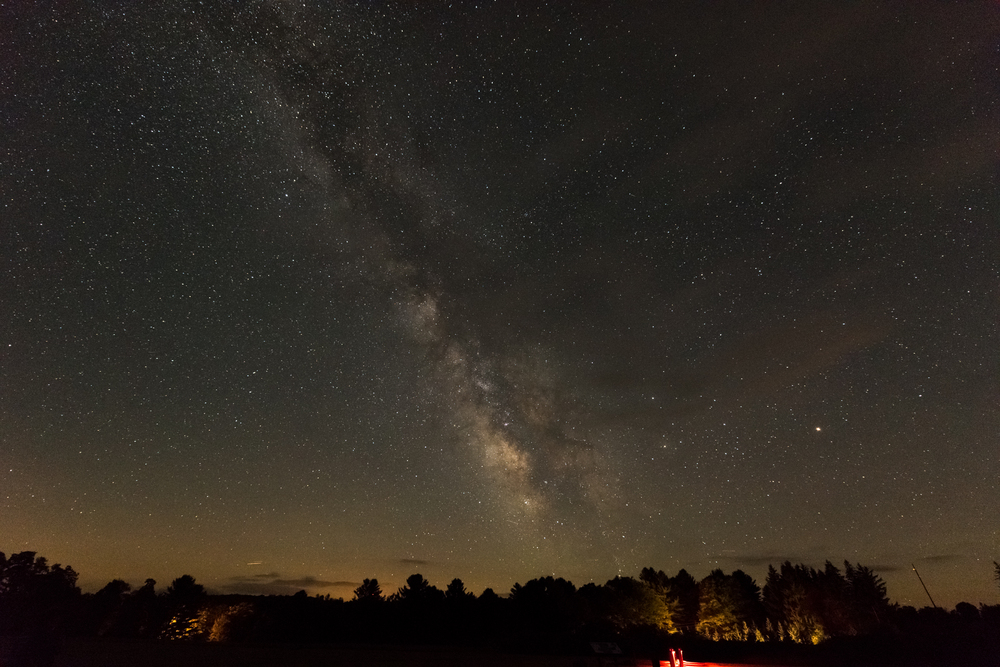
This 82-acre park in north-central Pennsylvania might be small, but it packs an astronomical punch. Cherry Springs is one of the few places on the East Coast where you can still see the Milky Way with your naked eye.
The park even has a dedicated astronomy field where you can spread out a blanket and watch meteors streak overhead without any trees blocking your view.
Like Travel Pug’s content? Follow us on MSN.
Big Bend National Park, Texas

Big Bend offers some of the darkest skies in the lower 48 states, thanks to its remote location along the Rio Grande. The park is so far from major cities that light pollution simply can’t reach it.
Rangers here joke that the biggest source of artificial light is probably someone’s flashlight three campsites over.
Mauna Kea, Hawaii
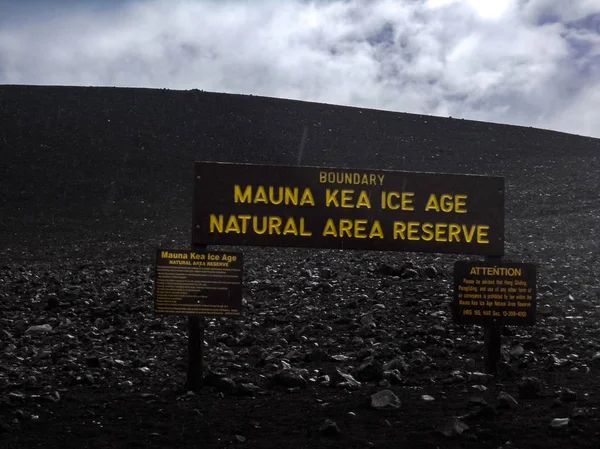
At 13,796 feet above sea level, Mauna Kea puts you literally above most of the Earth’s atmosphere. Professional astronomers have built world-class observatories here for a reason — the air is incredibly clear and dry.
Just remember to bring warm clothes because it can get surprisingly chilly at this altitude, even in Hawaii.
Acadia National Park, Maine
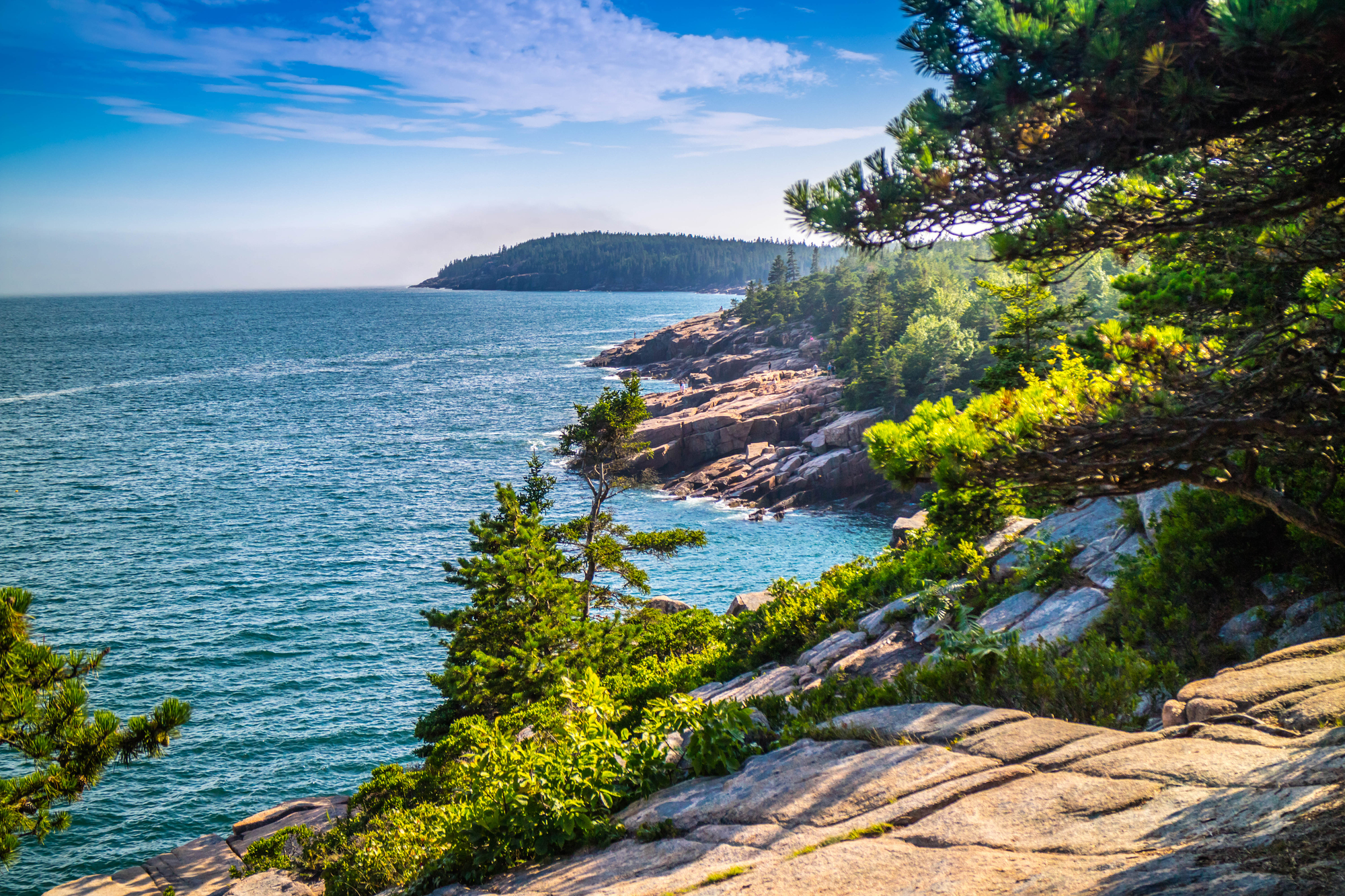
Acadia became the first National Park east of the Mississippi to receive International Dark-Sky certification. The park’s location on Mount Desert Island means you’re surrounded by the natural light buffer of the Atlantic Ocean.
Cadillac Mountain offers spectacular 360-degree views perfect for meteor watching.
Like Travel Pug’s content? Follow us on MSN.
Bryce Canyon National Park, Utah
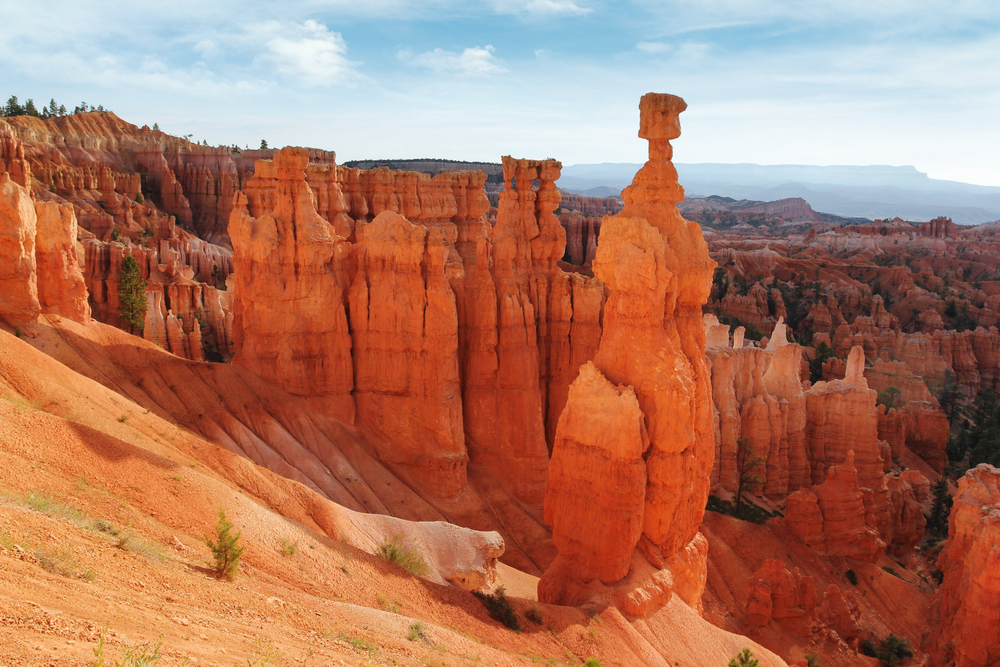
Bryce Canyon’s high elevation and remote location in southern Utah create ideal stargazing conditions. The park sits at over 8,000 feet above sea level, putting you above much of the atmospheric haze that can interfere with visibility.
The thin, dry air here makes stars appear so bright and clear they almost look artificial.
Great Basin National Park, Nevada
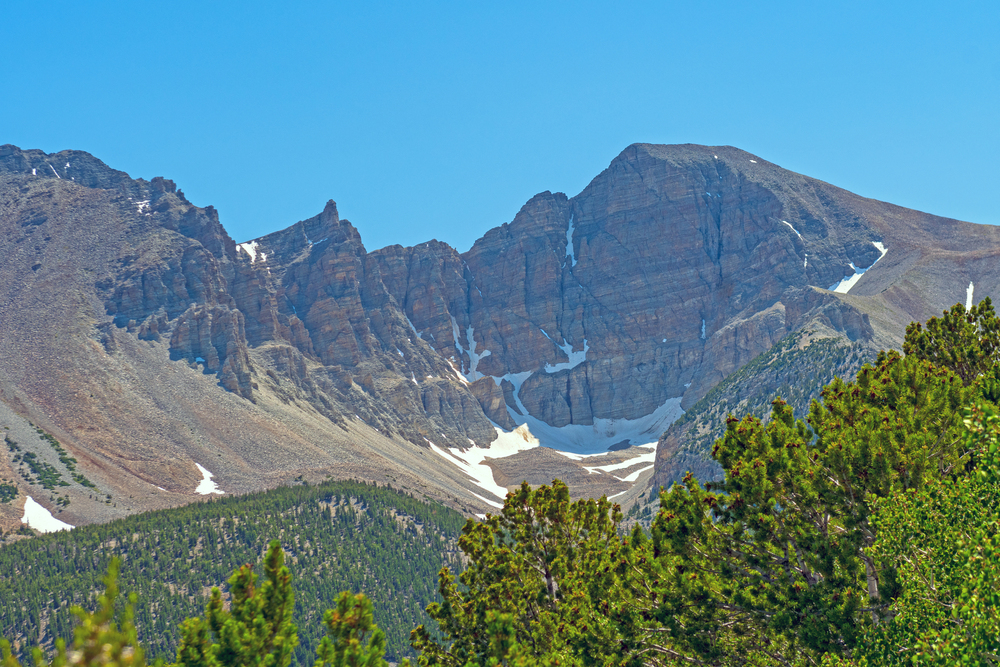
This hidden gem in eastern Nevada offers some of the darkest skies in the country. The Great Basin is so remote that the nearest city with significant light pollution is over 100 miles away.
The park regularly hosts astronomy programs, and rangers here are genuinely excited to share their knowledge about the night sky.
Glacier National Park, Montana
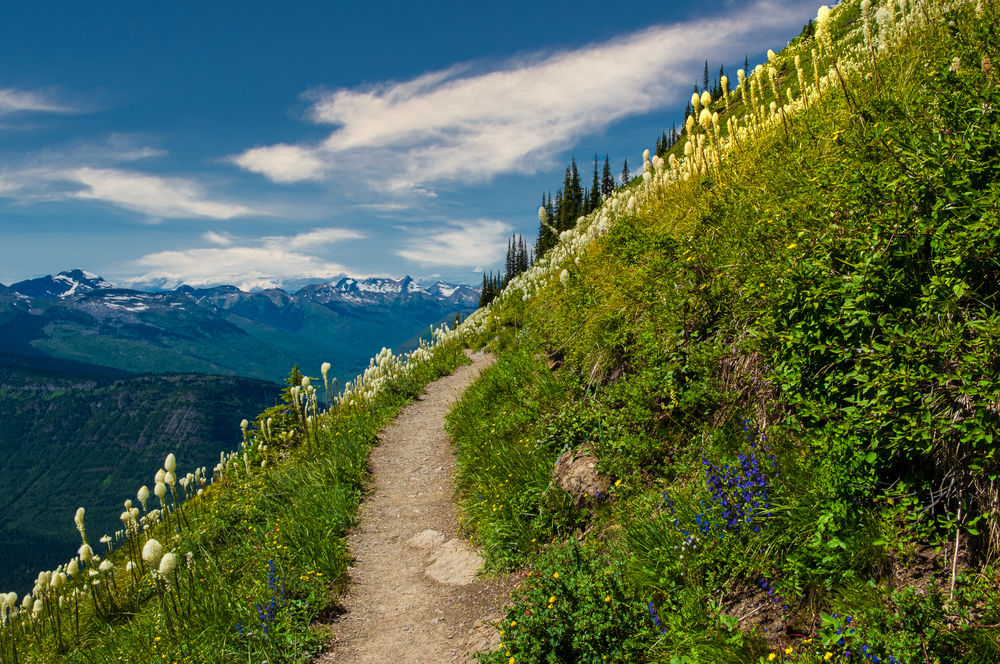
Glacier’s million acres of wilderness provide a massive buffer against light pollution. The park’s northern location also means longer summer nights during the Perseid season.
Lake McDonald and other large bodies of water within the park create perfect reflection opportunities for photographing meteors.
Like Travel Pug’s content? Follow us on MSN.
Joshua Tree National Park, California

Located where the Mojave and Colorado deserts meet, Joshua Tree offers consistently clear skies and minimal humidity. The park’s unique landscape of twisted Joshua trees creates interesting foreground elements for meteor photography.
Desert conditions here mean you’ll have excellent visibility most nights of the year.
Atacama Desert, Chile

The Atacama Desert is considered the driest place on Earth, which translates to incredibly clear skies almost every night. This high-altitude desert in northern Chile is home to several world-renowned observatories for good reason.
The combination of elevation, dryness, and distance from cities creates viewing conditions that are hard to match anywhere else.
Aoraki Mackenzie, New Zealand
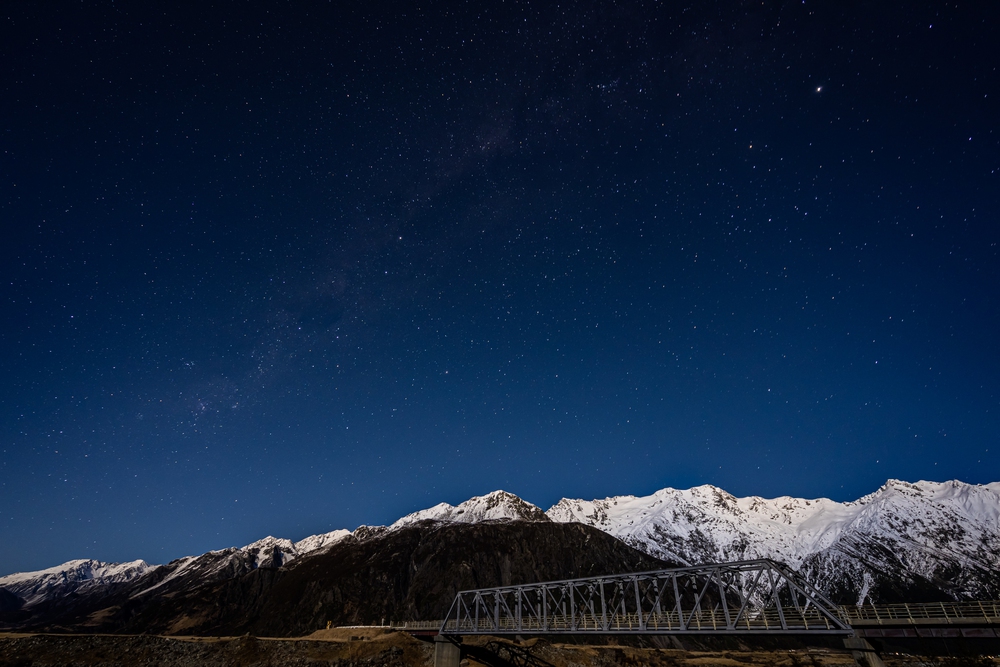
This Dark Sky Reserve on New Zealand’s South Island covers over 1,600 square miles of protected night sky. The reserve’s location in the Southern Hemisphere offers views of celestial objects you simply can’t see from northern latitudes.
The clear mountain air and minimal light pollution make this a bucket-list destination for serious stargazers.
Like Travel Pug’s content? Follow us on MSN.
Jasper National Park, Alberta
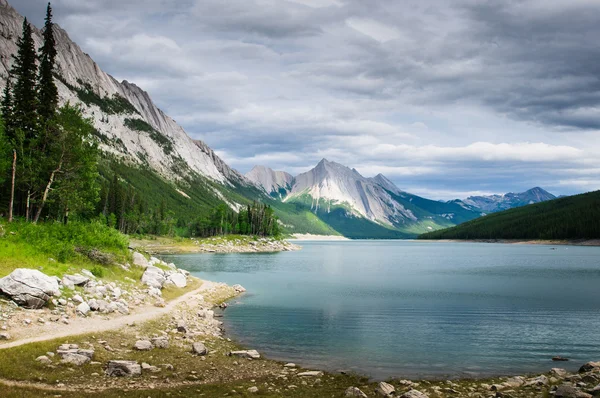
Jasper holds the distinction of being the world’s second-largest Dark Sky Preserve. The Canadian Rockies provide natural barriers against light pollution from distant cities, while the park’s northern latitude offers unique viewing opportunities.
The combination of pristine wilderness and committed light pollution control makes Jasper a stargazer’s paradise.
NamibRand Nature Reserve, Namibia
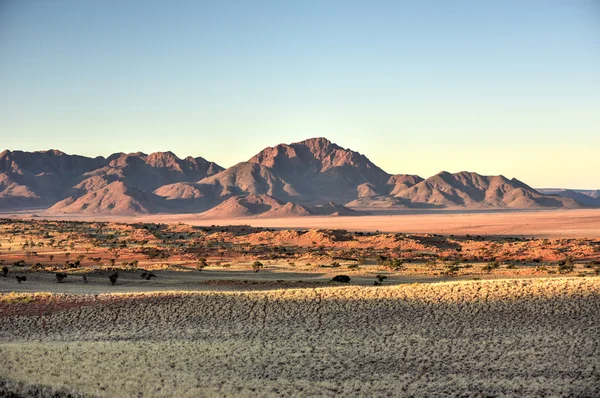
This private reserve in southern Namibia was Africa’s first International Dark Sky Reserve. The NamibRand sits in one of the least light-polluted regions on the continent, offering views of the southern sky that are simply breathtaking.
The reserve’s commitment to preserving natural darkness extends to using only red-filtered lighting after sunset.
Mont-Mégantic National Park, Quebec
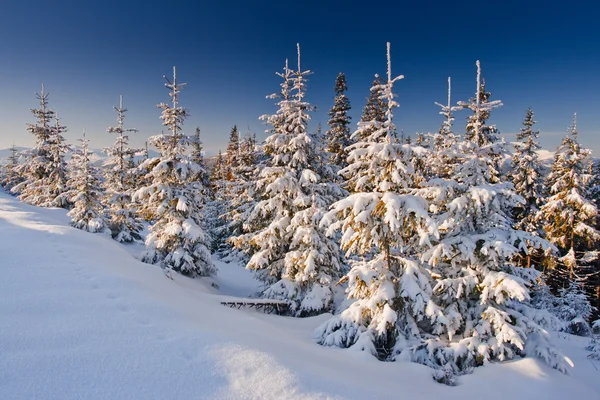
Mont-Mégantic was the world’s first International Dark Sky Reserve, setting the standard for dark sky preservation. This park in southeastern Quebec has worked with surrounding communities to reduce light pollution through special ordinances.
The result is a 2,200-square-mile area where the night sky looks much as it did before electric lighting.
Like Travel Pug’s content? Follow us on MSN.
Pic du Midi, France
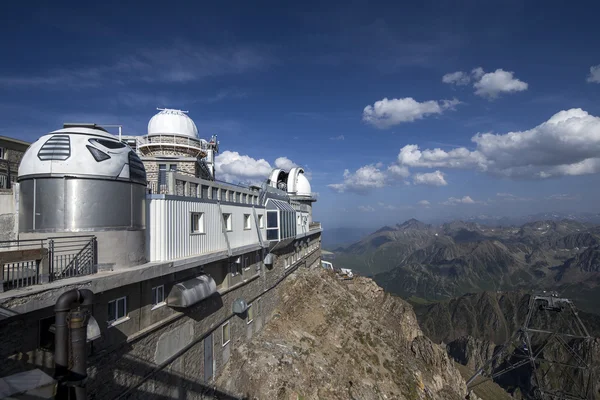
Perched at 9,439 feet in the French Pyrenees, Pic du Midi offers spectacular high-altitude viewing conditions. The observatory here has been studying the cosmos since 1878, taking advantage of the exceptionally clear air.
You can stay overnight in the observatory itself, falling asleep under some of Europe’s darkest skies.
La Palma, Canary Islands
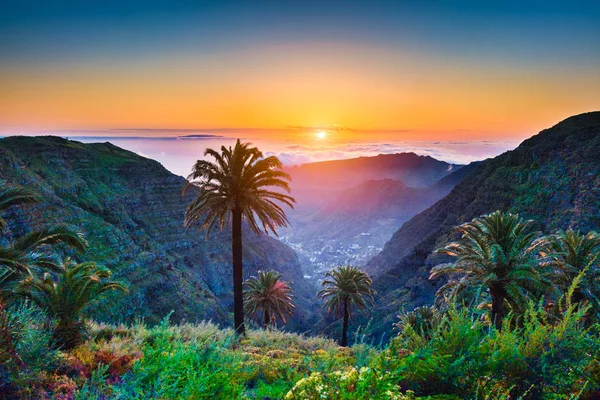
La Palma takes dark sky protection seriously, with laws that control outdoor lighting across the entire island. The Roque de los Muchachos Observatory sits at the island’s highest point, taking advantage of the exceptional atmospheric conditions.
Trade winds keep the air remarkably stable and clear, creating ideal viewing conditions year-round.
Galloway Forest Park, Scotland
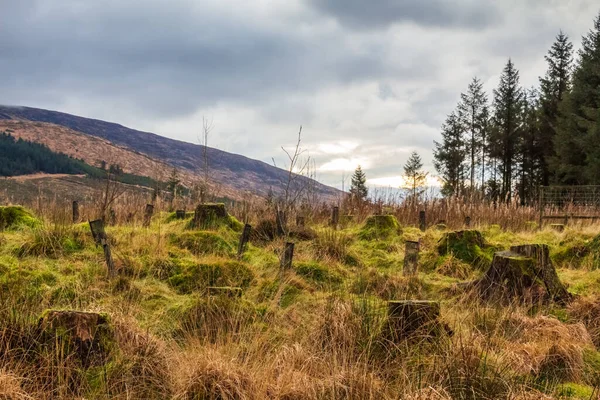
Galloway Forest Park became the UK’s first Dark Sky Park in 2009, covering 300 square miles of protected night sky. The park’s location in southwestern Scotland provides excellent views of both northern and southern celestial objects.
Summer nights here stay relatively dark until quite late, giving you plenty of time for meteor watching.
Like Travel Pug’s content? Follow us on MSN.
Warrumbungle National Park, Australia
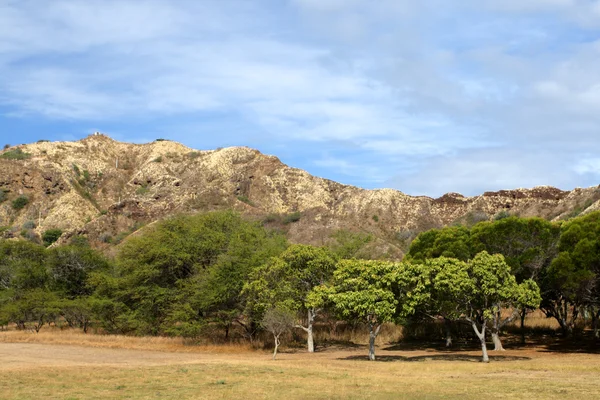
Australia’s first Dark Sky Park offers exceptional views of the southern hemisphere’s night sky. The Warrumbungle Mountains in New South Wales provide natural barriers against light pollution from distant cities.
The park is home to Siding Spring Observatory, which has been taking advantage of the pristine conditions here for decades.
Elqui Valley, Chile
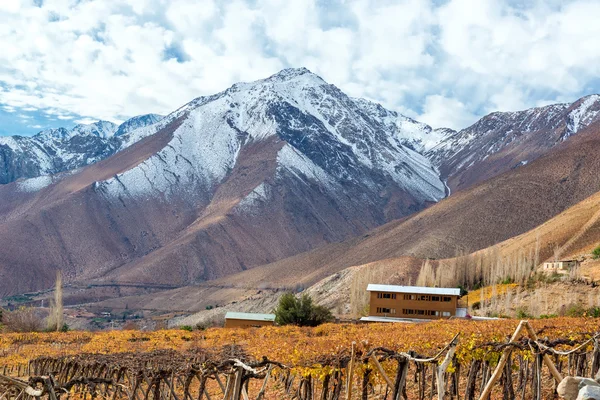
This narrow valley in northern Chile combines high altitude, dry air, and minimal light pollution to create world-class stargazing conditions. The valley is home to several international observatories, including facilities operated by universities from around the globe.
Local tourism has embraced astronomy, with many hotels and lodges offering specialized stargazing programs.
Flagstaff, Arizona
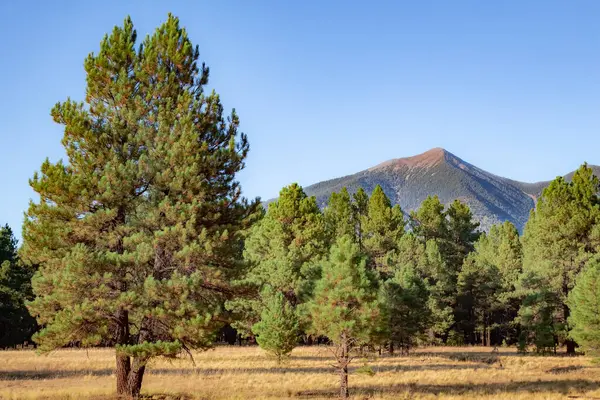
Flagstaff earned the distinction of being the world’s first International Dark-Sky City. The entire community has embraced light pollution reduction, using special fixtures and bulbs that minimize sky glow.
Located at an elevation of 7,000 feet with over 300 clear nights per year, Flagstaff offers consistently excellent viewing conditions within easy reach of major airports.
Like Travel Pug’s content? Follow us on MSN.
When Ancient Light Meets Modern Eyes

These dark sky destinations represent more than just great places to watch meteors — they’re windows into our cosmic heritage. The Perseid shower we see today originates from debris left by Comet Swift-Tuttle over a thousand years ago, creating a celestial time capsule that connects us directly to the ancient cosmos. Each streak of light represents a tiny piece of space history burning up in our atmosphere, the same phenomenon that has amazed humans for millennia.
By protecting these dark sanctuaries, we ensure that future generations can experience the same sense of wonder that sparked humanity’s earliest questions about our place in the universe. The next time you see a Perseid meteor flash across one of these pristine skies, you’re witnessing the same cosmic dance that inspired the first astronomers to map the heavens.
More from Travel Pug

- 20 Best Beach Towns in the Carolinas
- 13 Destinations Where Tourists Regularly Regret Their Trip
- 20 Things You Actually Get in First Class
- 20 Small Airports With Aviation Museums
- 20 Places in the U.S. That Are Perfect for a Reset Trip
Like Travel Pug’s content? Follow us on MSN.
